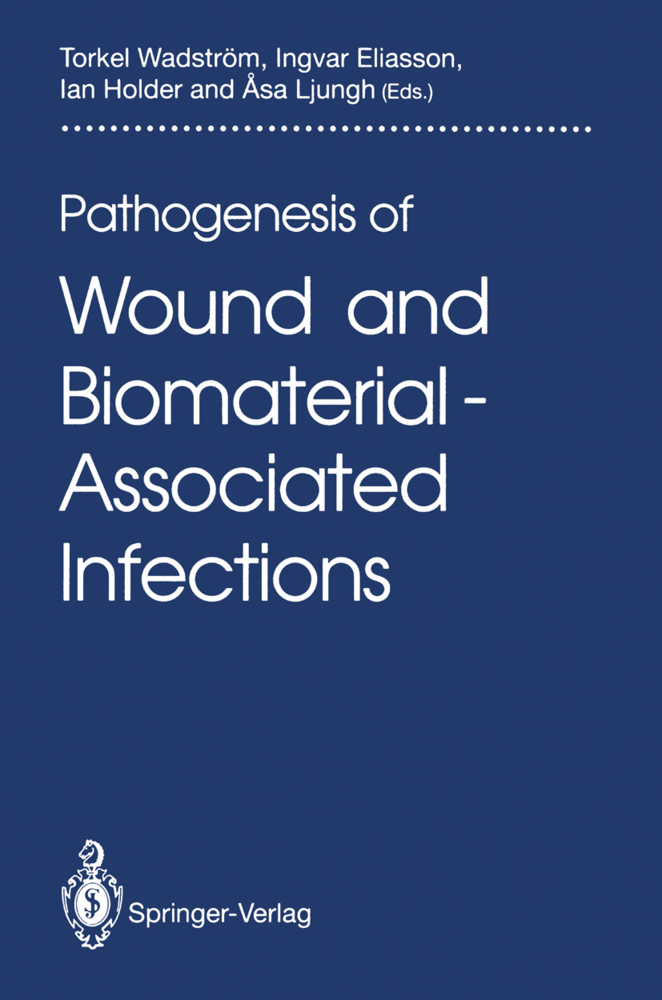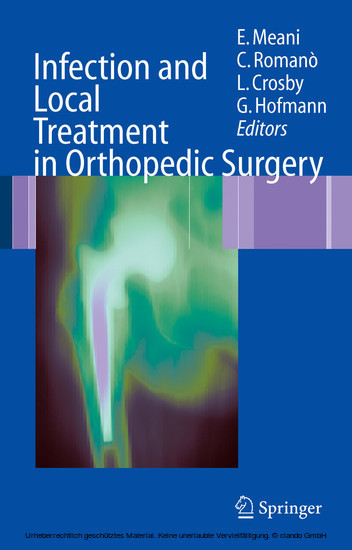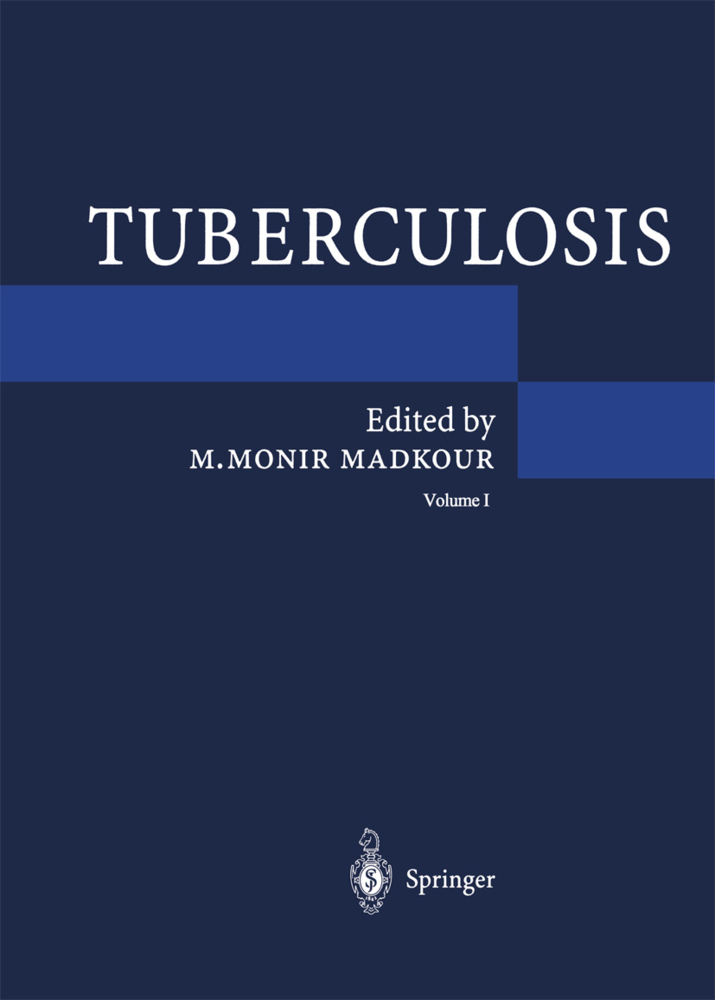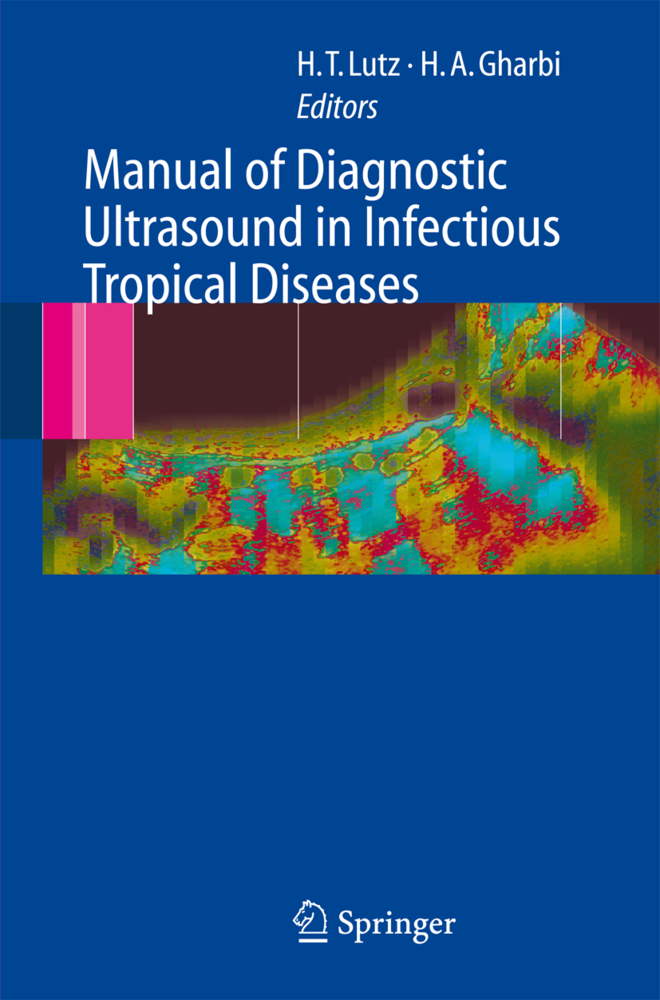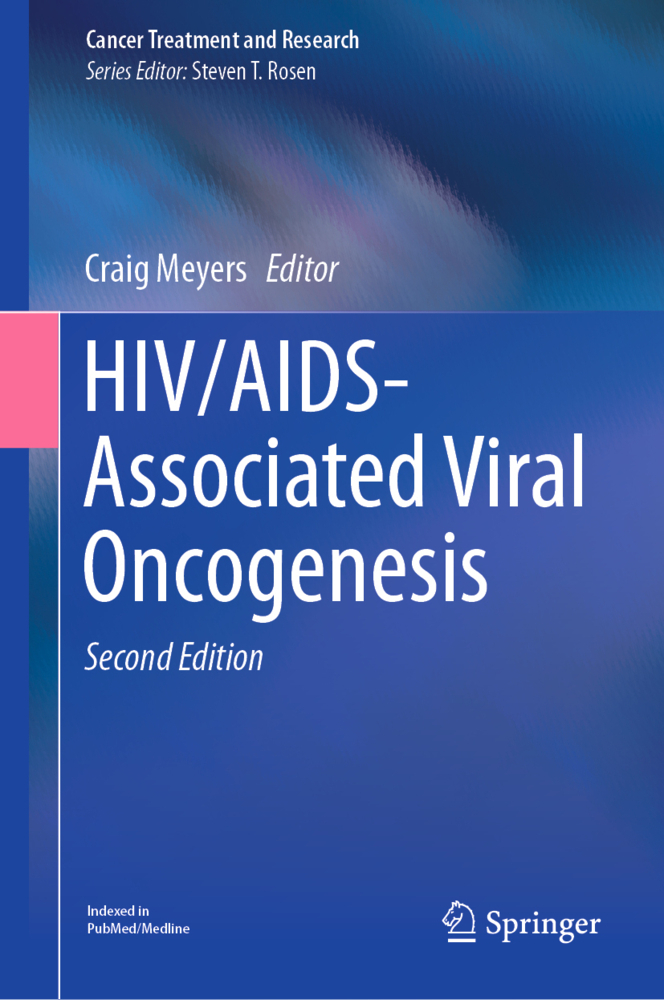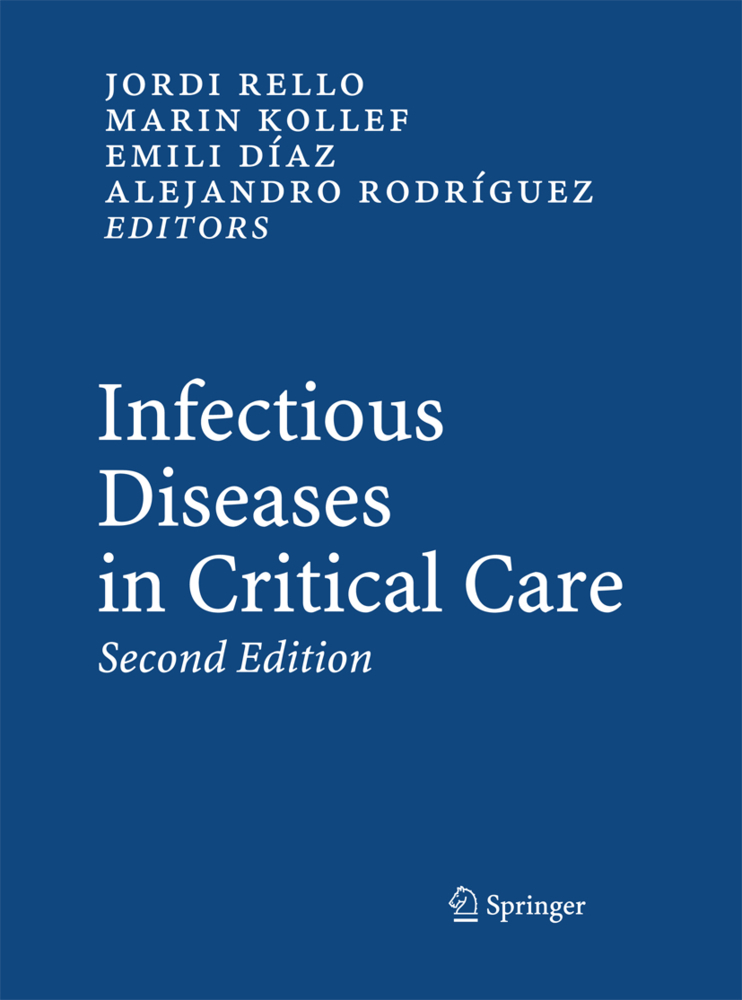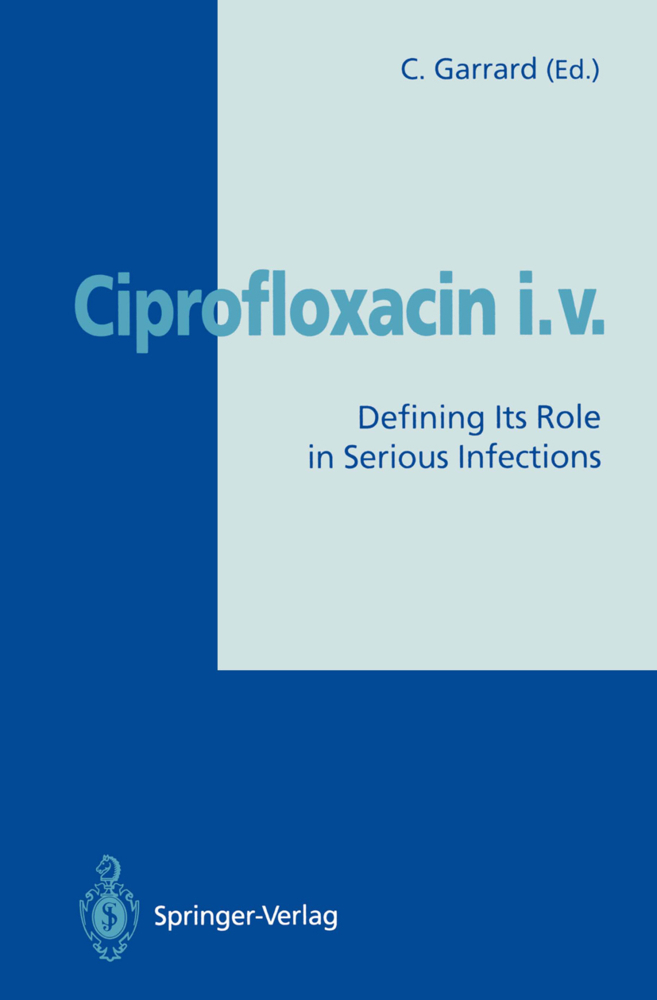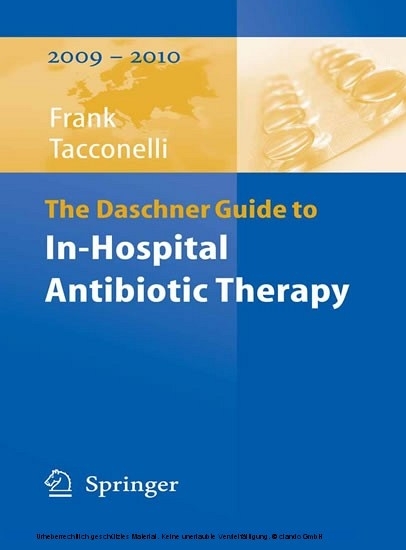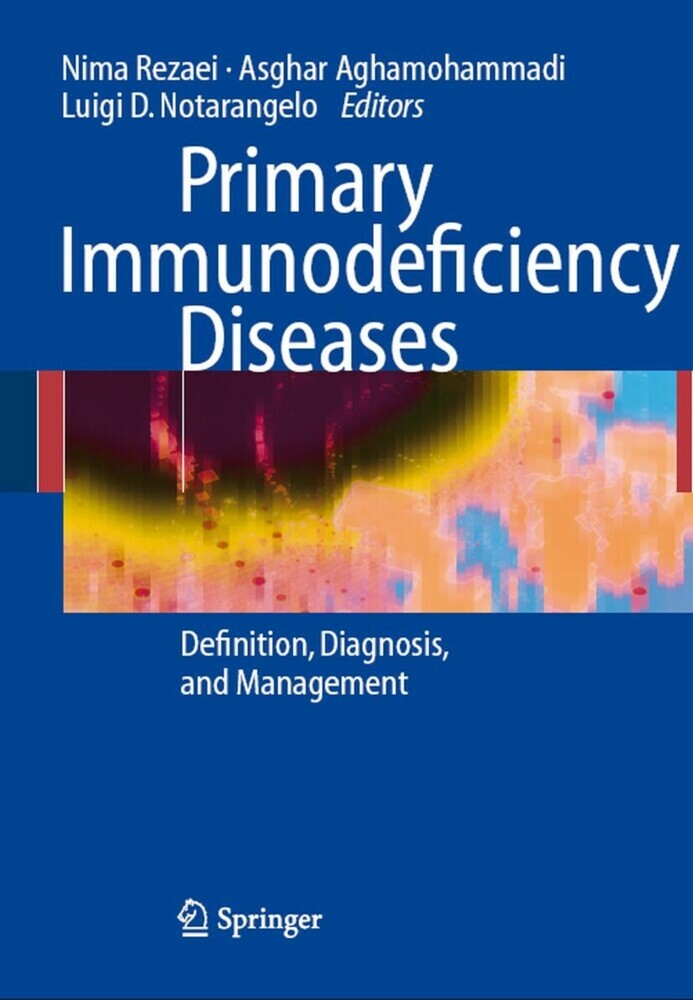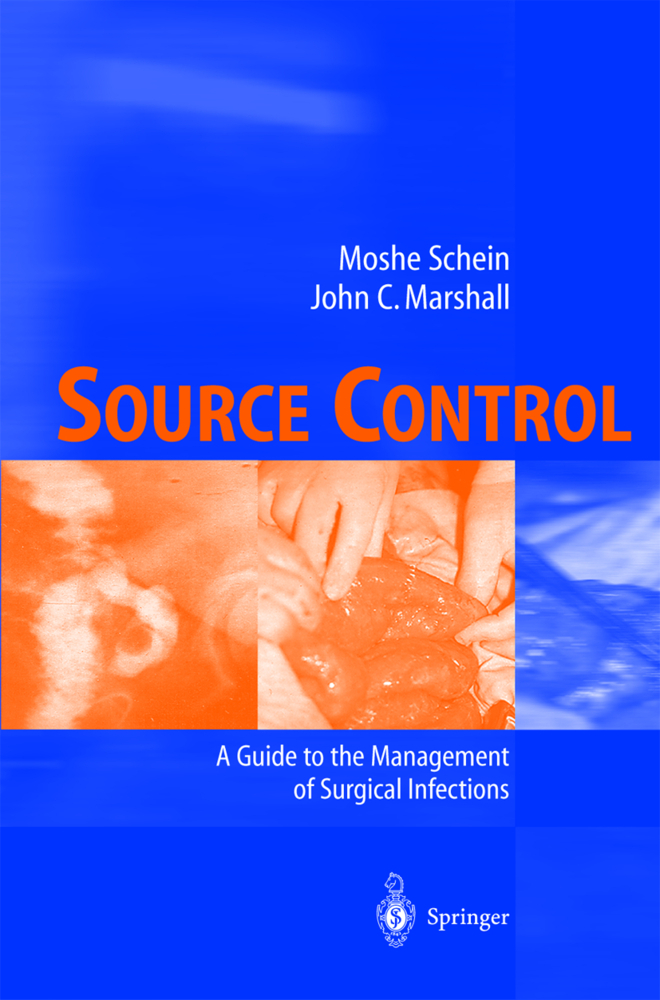Pathogenesis of Wound and Biomaterial-Associated Infections
Pathogenesis of Wound and Biomaterial-Associated Infections
Despite the recent advances in medical treatment, patients suffering from wounds such as burns or receiving surgical implants are still in great danger of infection. This has called attention to the need for better understanding of infections at the molecular level. Scientists from various disciplines summarize our knowledge today and investigate how methods to avoid wound and biomaterial-associated infections can be developed. These methods include new antibiotics, surgical strategies to prevent infection, and ways to stimulate the immune system and the tissue healing process. Specific topics include: the definition of microbial cell surface determinants important for adhesion to graft; the definition of extracellular bacterial enzymes and toxins involved in tissue breakdown and the local spread of infection; the prevention of the systemic spreading of infection with immunoglobulins and antibiotics; and the problem of multiple antibiotic resistance in most versatile pathogens.
Genetic Studies of Staphylococcus aureus Virulence Factors
Molecular Biology of Group A Streptococcal M Proteins
Fibronectin Binding Proteins from Staphylococcus aureus
Fibrinogen-binding proteins from Staphylococcus aureus
Osteomyelitis and Staphylococcal Adhesion
Phagocytosis of Bacteria by Endothelial Cells
Chromosomal DNA Analyses of Staphylococci
Microbiology of the Burn Compromised Patient
Immunomodulating Toxins and Tumor Necrosis Factors
Immunomodulators - Medicine for the 90-ies ?
Pathogenesis of skin and wound infections. Animal models
Toxic Shock Syndrome from Surgical Infections
Fatty Acid Modifying Enzyme (FAME) and Staphylococcal Abscesses
Biosynthetic Dressing Materials and their Influence on Wound Healing and Infection
Clinical and Bacteriological Advantages in the Use of Occlusive Dressings
Development of a Semi-Synthetic Sugar Paste for Promoting Healing of Infected Wounds
Fibronectin-Substituted Gels for Treatment of Experimental Wound Infections in a Pig Model
Evaluation of Wound Healing by Quantifying of Bacteria and Computerized Image Analysis - A Pilot Study in Primary Health Care
Bacterial Affinity for Hydrophobic Ligands can be Employed in the Treatment of Infected Wounds in Patients
Krill and Other Enzymes in Enzymatic Wound Debridement
Computerized Wound Image Analysis
Biomaterial-Centered Infections: Microbial Adhesion versus Tissue Integration
Periimplant Infections of the Oral Cavity
Plasmaprotein Adsorption on Solid Surfaces. Some New Methods
Bacterial Cell-Surface Hydrophobicity
What Types of Bonds Are Responsible for the Adhesion of Bacteria and Viruses to Native andArtificial Surfaces?
Pathogenic Studies on Five Species of Coagulase-Negative Staphylococci: A Mouse Model with a Foreign Body Implant
Experimental Orthopaedic Infections
Microvascular Graft Infection in the Rat
Activity of Various Antibiotics on Production of Virulence Factors by Various Organisms
Structure and DNA-Sequence Analysis of the Staphylococcal Lantibiotics Epidermin and Gallidermin
Mupirocin: A New Antibiotic that Reduces Colonisation of Central Venous Cannulae by Skin Organisms
Coagulase-Negative Staphylococci
Staphylococcus epidermidis - a Versatile Pathogen
Epidemiological markers of coagulase-negative staphylococci
Adherence of Staphylococcus aureus to Hep2 Monolayers and Fibronectin
Deep Infections Associated with Total Hip Arthroplasties Caused by Coagulase-Negative Staphylococci - Pathogenesis and Microbial Diagnosis
Fibronectin, Collagen and Vitronectin Binding of Coagulase-Negative Staphylococci
Role of Fibronectin on Staphylococcal Adherence to Metallic Surfaces Used as Models of Orthopaedic Devices
Serological Variation in the Fibronectin Binding to Protein-A-Deficient Mutants of Staphylococcus aureus
Adherence of Staphylococci to Monolayers of Human Mesothelial Cells and their Removal by Phagocytes
Opsonic Requirements of Coagulase-Negative Staphylococci in Suspension and as a Biofilm: Implications for Host Defences
Microbiology of Infection in Prosthetic Devices
Prevention of Bacterial Growth Under Commercial Catheter Dressings
Possible Mechanisms of Damage Which Predispose Heart Valves to Endocarditis
Phenotypic Variation in the Pathogenesis of Experimental Endocarditis Caused by Staphylococcus epidermidis
Pathogenesis of Experimental Prosthetic Endocarditis: Effect of Platelet-AssociatedSubstances on Bacterial Survival and Growth
Fibrinolytic Treatment with Tissue-Type Plasminogen Activator (t-PA) of Streptococcus Sanguis Endocarditis
Improved Disinfection and Maintenance of Human Heart Valve Allografts
Hypothetical Model of Phenotypic Variation in Staphylococci
Phenotypic Changes in Staphylococcal Cell Surface Characteristics Associated with Growth in Human Peritoneal Dialysis Fluid
Slime Production by Coagulase Negative Staphylococci Causing Single and Recurrent Episodes of Peritonitis
Etiology and Microbial Pathogenesis of Acute and Late Onset Vascular Graft Infections
Experimental Bacteremic Vascular Graft Infection with Staphylococcus aureus. Comparative Colonization of Two Graft Materials and Prophylaxis of Late Infection
Pathogenesis of Infections Caused by Staphylococcus epidermidis
Gentamicin Release In Vivo from Vacuum Mixed Low and High Viscosity Antibiotic Containing Bone Cement
The Development of Irgasan-Impregnated Intravenous Cannulae
The Pathogenesis of Catheter-related Infection in Central Venous Catheters using Gauze versus Transparent Dressings
In-Vitro Tests to Predict the Efficacy of Antibiotics in a Foreign-Body Infection Animal Model
Wound Contamination Correlates with Postsurgical Infection Rates: A New Assessment Technique
Capsular Polysaccharides of Staphylococcus aureus
The Serodiagnosis of Deep Staphylococcal and Candida Infections
Concluding Remarks
Authors' Index.
Healing, Scarring, and Contractures
The Effect of Staphylococcus aureus Bacteria and its Products on Wound HealingGenetic Studies of Staphylococcus aureus Virulence Factors
Molecular Biology of Group A Streptococcal M Proteins
Fibronectin Binding Proteins from Staphylococcus aureus
Fibrinogen-binding proteins from Staphylococcus aureus
Osteomyelitis and Staphylococcal Adhesion
Phagocytosis of Bacteria by Endothelial Cells
Chromosomal DNA Analyses of Staphylococci
Microbiology of the Burn Compromised Patient
Immunomodulating Toxins and Tumor Necrosis Factors
Immunomodulators - Medicine for the 90-ies ?
Pathogenesis of skin and wound infections. Animal models
Toxic Shock Syndrome from Surgical Infections
Fatty Acid Modifying Enzyme (FAME) and Staphylococcal Abscesses
Biosynthetic Dressing Materials and their Influence on Wound Healing and Infection
Clinical and Bacteriological Advantages in the Use of Occlusive Dressings
Development of a Semi-Synthetic Sugar Paste for Promoting Healing of Infected Wounds
Fibronectin-Substituted Gels for Treatment of Experimental Wound Infections in a Pig Model
Evaluation of Wound Healing by Quantifying of Bacteria and Computerized Image Analysis - A Pilot Study in Primary Health Care
Bacterial Affinity for Hydrophobic Ligands can be Employed in the Treatment of Infected Wounds in Patients
Krill and Other Enzymes in Enzymatic Wound Debridement
Computerized Wound Image Analysis
Biomaterial-Centered Infections: Microbial Adhesion versus Tissue Integration
Periimplant Infections of the Oral Cavity
Plasmaprotein Adsorption on Solid Surfaces. Some New Methods
Bacterial Cell-Surface Hydrophobicity
What Types of Bonds Are Responsible for the Adhesion of Bacteria and Viruses to Native andArtificial Surfaces?
Pathogenic Studies on Five Species of Coagulase-Negative Staphylococci: A Mouse Model with a Foreign Body Implant
Experimental Orthopaedic Infections
Microvascular Graft Infection in the Rat
Activity of Various Antibiotics on Production of Virulence Factors by Various Organisms
Structure and DNA-Sequence Analysis of the Staphylococcal Lantibiotics Epidermin and Gallidermin
Mupirocin: A New Antibiotic that Reduces Colonisation of Central Venous Cannulae by Skin Organisms
Coagulase-Negative Staphylococci
Staphylococcus epidermidis - a Versatile Pathogen
Epidemiological markers of coagulase-negative staphylococci
Adherence of Staphylococcus aureus to Hep2 Monolayers and Fibronectin
Deep Infections Associated with Total Hip Arthroplasties Caused by Coagulase-Negative Staphylococci - Pathogenesis and Microbial Diagnosis
Fibronectin, Collagen and Vitronectin Binding of Coagulase-Negative Staphylococci
Role of Fibronectin on Staphylococcal Adherence to Metallic Surfaces Used as Models of Orthopaedic Devices
Serological Variation in the Fibronectin Binding to Protein-A-Deficient Mutants of Staphylococcus aureus
Adherence of Staphylococci to Monolayers of Human Mesothelial Cells and their Removal by Phagocytes
Opsonic Requirements of Coagulase-Negative Staphylococci in Suspension and as a Biofilm: Implications for Host Defences
Microbiology of Infection in Prosthetic Devices
Prevention of Bacterial Growth Under Commercial Catheter Dressings
Possible Mechanisms of Damage Which Predispose Heart Valves to Endocarditis
Phenotypic Variation in the Pathogenesis of Experimental Endocarditis Caused by Staphylococcus epidermidis
Pathogenesis of Experimental Prosthetic Endocarditis: Effect of Platelet-AssociatedSubstances on Bacterial Survival and Growth
Fibrinolytic Treatment with Tissue-Type Plasminogen Activator (t-PA) of Streptococcus Sanguis Endocarditis
Improved Disinfection and Maintenance of Human Heart Valve Allografts
Hypothetical Model of Phenotypic Variation in Staphylococci
Phenotypic Changes in Staphylococcal Cell Surface Characteristics Associated with Growth in Human Peritoneal Dialysis Fluid
Slime Production by Coagulase Negative Staphylococci Causing Single and Recurrent Episodes of Peritonitis
Etiology and Microbial Pathogenesis of Acute and Late Onset Vascular Graft Infections
Experimental Bacteremic Vascular Graft Infection with Staphylococcus aureus. Comparative Colonization of Two Graft Materials and Prophylaxis of Late Infection
Pathogenesis of Infections Caused by Staphylococcus epidermidis
Gentamicin Release In Vivo from Vacuum Mixed Low and High Viscosity Antibiotic Containing Bone Cement
The Development of Irgasan-Impregnated Intravenous Cannulae
The Pathogenesis of Catheter-related Infection in Central Venous Catheters using Gauze versus Transparent Dressings
In-Vitro Tests to Predict the Efficacy of Antibiotics in a Foreign-Body Infection Animal Model
Wound Contamination Correlates with Postsurgical Infection Rates: A New Assessment Technique
Capsular Polysaccharides of Staphylococcus aureus
The Serodiagnosis of Deep Staphylococcal and Candida Infections
Concluding Remarks
Authors' Index.
Wadström, Torkel
Eliasson, Ingvar
Holder, Ian
Ljungh, Asa
| ISBN | 978-3-540-19596-2 |
|---|---|
| Artikelnummer | 9783540195962 |
| Medientyp | Buch |
| Auflage | Softcover reprint of the original 1st ed. 1990 |
| Copyrightjahr | 1990 |
| Verlag | Springer, Berlin |
| Umfang | 570 Seiten |
| Abbildungen | 570 p. 107 illus. |
| Sprache | Englisch |

